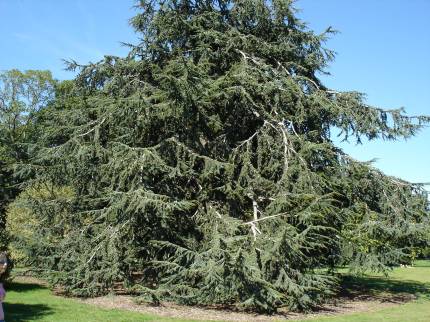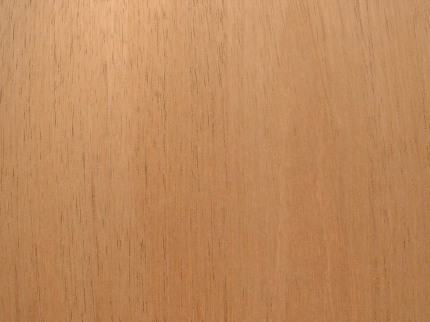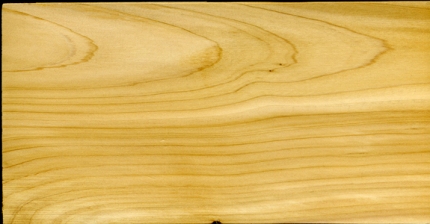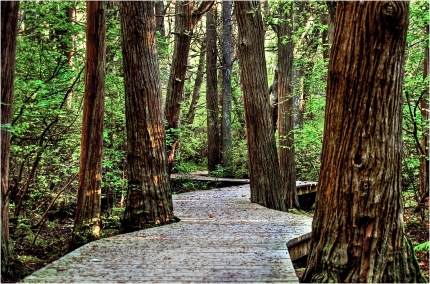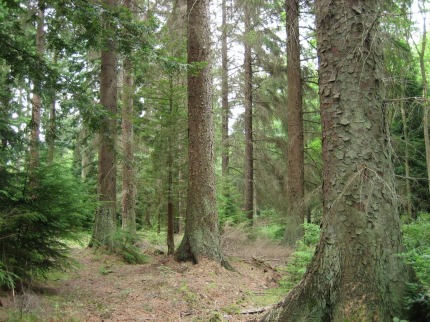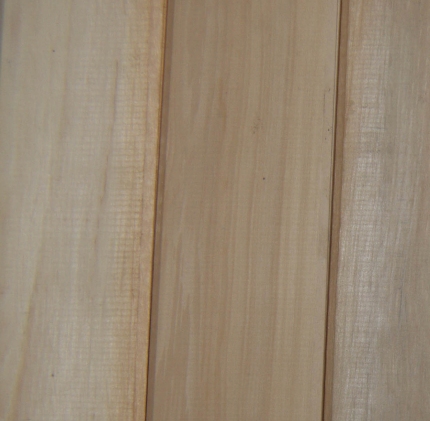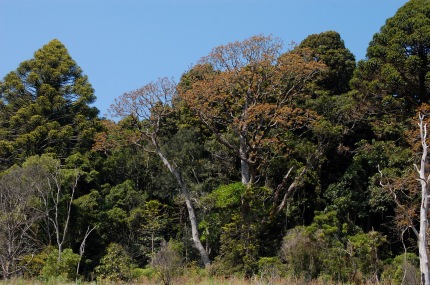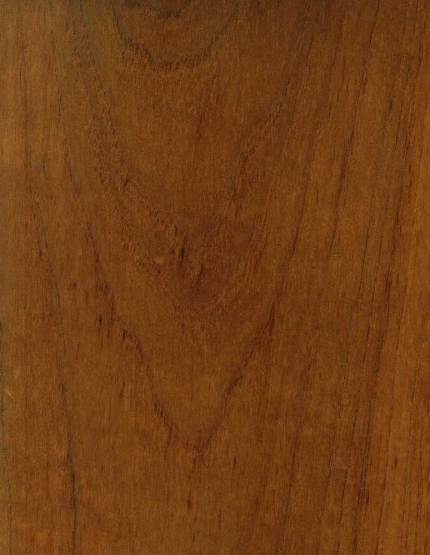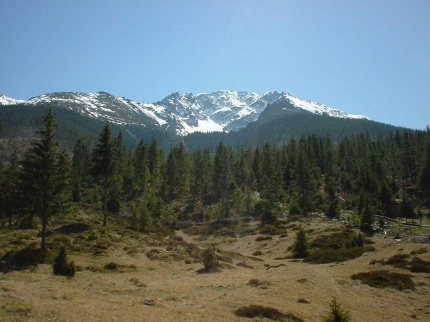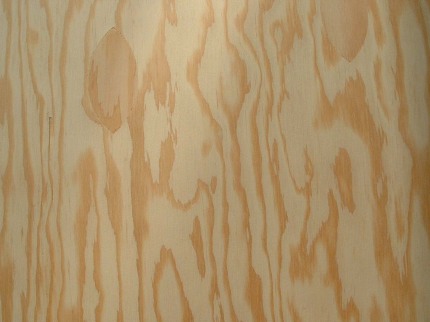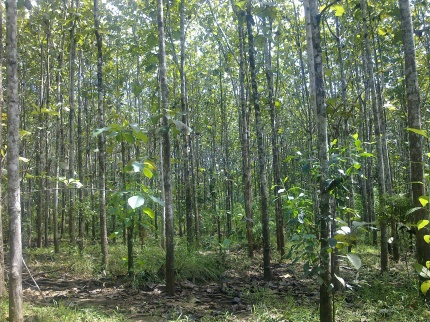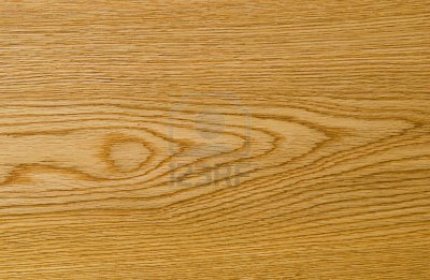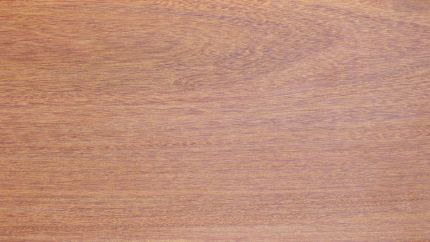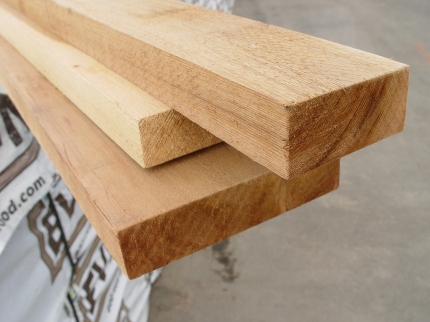Monthly Archives: February 2012
Material Research_Woods
A. Basics
Although there are thousands of species of trees, most structural wood used in the United States comes from a few dozen species that are selected from commercial processing.
The two groups of woods used for building purposes are the softwoods and hardwoods:
1. The wood from conifers (e.g. pine), such as pine and spruce, is called softwood.
2. The wood from dicotyledons (usually broad-leaved trees, e.g. oak and maple) is called hardwood.
Softwoods are indeed mostly softer than hardwoods, but there are situations when the definitions are a bit misleading, as hardwoods are not necessarily hard, and softwoods are not necessarily soft. The well-known balsa (a hardwood) is actually softerthan any commercial softwood. Conversely, some softwoods (e.g. yew) are harder than many hardwoods.
Wood to be used for construction work is commonly known as lumber in North America, which refers to wood in any of its stagesfrom felling to readiness for use as structural material for construction. (In the United States and Canada, timber often refers to the wood contents of standing, live trees that can be used for lumber or fiber production, although it can also be used to describe sawn lumber whose smallest dimension is not less than 5 inches.)

Different stages of lumber 1

Different stages of lumber 2
B. Types
1 Pines
Pines are among the most commercially important of tree species, valued for their timber and wood pulp throughout the world. In temperate and tropical regions, they are fast-growing softwoods that will grow in relatively dense stands, their acidic decaying needles inhibiting the sprouting of competing hardwoods. Commercial pines are grown in plantations for timber that is denser, more resinous, and therefore more durable than spruce (Picea).
Pine wood is widely used in high-value carpentry items such as furniture, window frames, panelling, floors and roofing, and the resin of some species is an important source of turpentine.Because pines have no insect or decay resistant qualities after logging, they are generally recommended for construction purposes as indoor use only (ex. indoor drywall framing).

Pine

Lumber surface
2. Cedar
Some species from the real Cedar genus are used for furniture and storage chamber materials.
Cedar also applied to a number of woods from trees in the Cypress family mainly in North America, such as Red Cedar, Whitecedar and YellowCedar in Softwoods, and to woods from some relatives of the mahogany, like Australian Red Cedar in Hardwoods.
a. Western or Pacific Red Cedar
Its soft red-brown timber has a tight, straight grain and few knots. Its highly natural resistance to decay, being extensively used for outdoor construction in the form of posts, decking, shingles and siding. It is commonly used for the framing and longwood in lightweight sail boats and kayaks.
b. Northern White Cedar
Northern White Cedar is commercially used for rustic fencing and posts, lumber, poles, shingles and in the construction of log cabins,White cedar is the preferred wood for the structural elements, such as ribs and planking, of birchbark canoes and the planking of wooden canoes.
c. Atlantic White Cypress or Atlantic White Cedar
The wood is reported to endure moisture indefinitely; it has been used for fence-posts, ties and shingles.
d. Yellow Cedar
The various physical properties of the wood make it an attractive material for both general construction and boat building. Due to its slow growth it is hard and, like other cypress woods it is durable; it therefore offers good dimensional stability, and is resistant to weather, insects, and contact with soil. It works easily with hand or machine tools; it turns and carves quite well. It can be fastened with glues, screws, and nails. Nootka Cypress’s texture, uniform color, and straight grain will take a fine finish. It resists splintering and wears smoothly over time.
Due to its expense, it is used mainly for finished carpentry. Typical uses include exterior siding, shingles, decking, exposed beams, glue-laminated beams, paneling, cabinetry, and millwork.
e. Australian Red Cedar
It was used extensively for furniture, wood panelling and construction, including shipbuilding.
3. Fir
The wood of most firs is considered unsuitable for general timber use, and is often used as pulp or for the manufacture of plywood and rough timber. Because this genus has no insect or decay resistance qualities after logging, it is generally recommended for construction purposes as indoor use only (e.g. indoor drywall framing). This wood left outside cannot be expected to last more than 12 to 18 months, depending on the type of climate it is exposed to.
4. Teak
Teak is the common name for the tropical hardwood tree species Tectona grandis and its wood products
Teak is used extensively in India to make doors and window frames, furniture, and columns and beams in old type houses. It is very resistant to termite attacks. It is also used widely in boat decks, as it is extremely durable and requires very little maintenance.
5. Ipe (Tabebuia)
Tabebuia is a neotropical genus of about 100 species
Species in this genus are important as timber trees. The wood is used for furniture, decking, and other outdoor uses. It is increasingly popular as a decking material due to its insect resistance and durability.
Much of the ipê imported into the United States is used for decking.
C. Modules
The principle of modular construction systems is that standardised single components are put together to build a complete system.
The benefits of Modules construction are:
economic construction with similar series
low development costs and quicker product cycles
simple assembly and repair processes
variations due to the combination of several components.
For wood construction, the modular system refers to pre-cut dimensional lumbers, which is a term used for lumber that is finished/planed and cut to standardized width and depth specified in inches.
| Nominal (in) | Actual | Nominal (in) | Actual | Nominal (in) | Actual |
|---|---|---|---|---|---|
| 1 × 2 | 3⁄4 in × 1 1⁄2 in (19 mm × 38 mm) | 2 × 2 | 1 1⁄2 in × 1 1⁄2 in (38 mm × 38 mm) | 4 × 4 | 3 1⁄2 in × 3 1⁄2 in (89 mm × 89 mm) |
| 1 × 3 | 3⁄4 in × 2 1⁄2 in (19 mm × 64 mm) | 2 × 3 | 1 1⁄2 in × 2 1⁄2 in (38 mm × 64 mm) | 4 × 6 | 3 1⁄2 in × 5 1⁄2 in (89 mm × 140 mm) |
| 1 × 4 | 3⁄4 in × 3 1⁄2 in (19 mm × 89 mm) | 2 × 4 | 1 1⁄2 in × 3 1⁄2 in (38 mm × 89 mm) | 6 × 6 | 5 1⁄2 in × 5 1⁄2 in (140 mm × 140 mm) |
| 1 × 6 | 3⁄4 in × 5 1⁄2 in (19 mm × 140 mm) | 2 × 6 | 1 1⁄2 in × 5 1⁄2 in (38 mm × 140 mm) | 8 × 8 | 7 1⁄4 in × 7 1⁄4 in (184 mm × 184 mm) |
| 1 × 8 | 3⁄4 in × 7 1⁄4 in (19 mm × 184 mm) | 2 × 8 | 1 1⁄2 in × 7 1⁄4 in (38 mm × 184 mm) | ||
| 1 × 10 | 3⁄4 in × 9 1⁄4 in (19 mm × 235 mm) | 2 × 10 | 1 1⁄2 in × 9 1⁄4 in (38 mm × 235 mm) | ||
| 1 × 12 | 3⁄4 in × 11 1⁄4 in (19 mm × 286 mm) | 2 × 12 | 1 1⁄2 in × 11 1⁄4 in (38 mm × 286 mm) |
| Nominal | Surfaced 1 Side (S1S) | Surfaced 2 sides (S2S) |
|---|---|---|
| 1⁄2 in | 3⁄8 in (9.5 mm) | 5⁄16 in (7.9 mm) |
| 5⁄8 in | 1⁄2 in (13 mm) | 7⁄16 in (11 mm) |
| 3⁄4 in | 5⁄8 in (16 mm) | 9⁄16 in (14 mm) |
| 1 in or 4⁄4 in | 7⁄8 in (22 mm) | 13⁄16 in (21 mm) |
| 1 1⁄4 in or 5⁄4 in | 11⁄8 in (29 mm) | 11⁄16 in (27 mm) |
| 1 1⁄2 in or 6⁄4 in | 13⁄8 in (35 mm) | 15⁄16 in (33 mm) |
| 2 in or 8⁄4 in | 113⁄16 in (46 mm) | 13⁄4 inches (44 mm) |
| 3 in or 12⁄4 in | 213⁄16 in (71 mm) | 23⁄4 in (70 mm) |
| 4 in or 16⁄4 in | 313⁄16 in (97 mm) | 33⁄4 in (95 mm) |
In North America, sizes for dimensional lumber made from hardwoods varies from the sizes for softwoods. Boards are usually supplied in random widths and lengths of a specified thickness, and sold by the board-foot (144 cubic inches or 2,360 cubic centimetres, 1⁄12th of 1 cubic foot or 0.028 cubic metros)
D. Finishes & Treatment
Wood finishing refers to the process of embellishing and/or protecting the surface of a wooden material.
Wood treatment refers to protecting wood from damage caused by insects, moisture, and decay fungi.
For full technical details please see the following links
E. AutoCAD plan for material application
